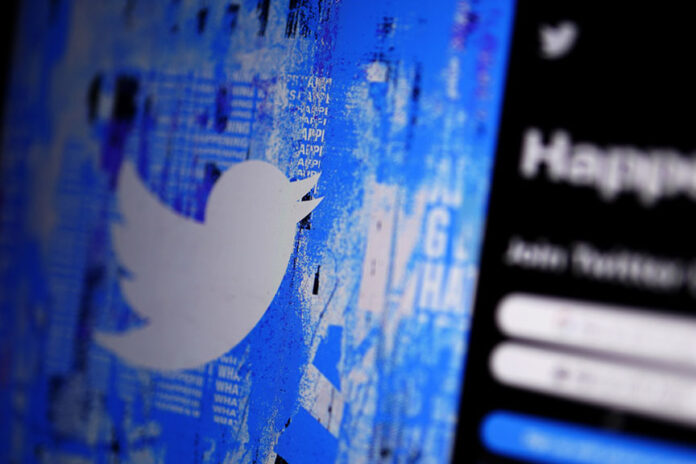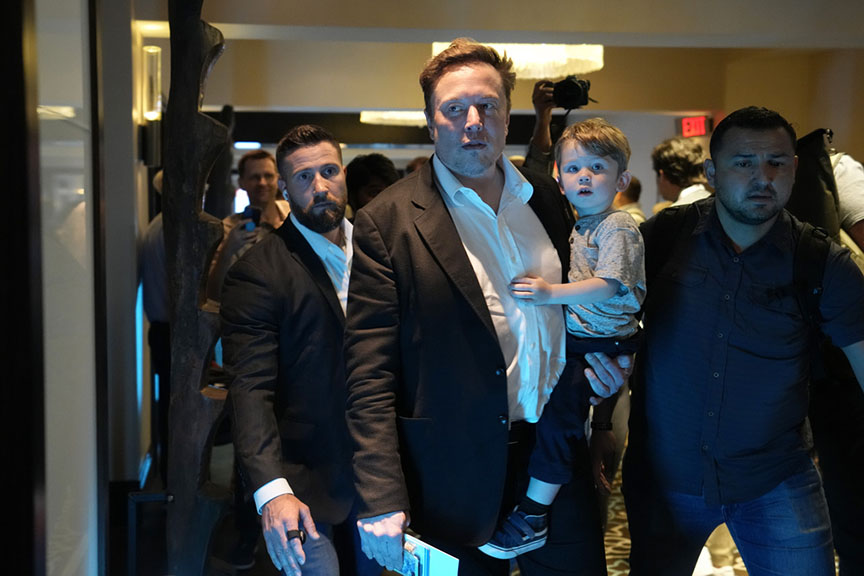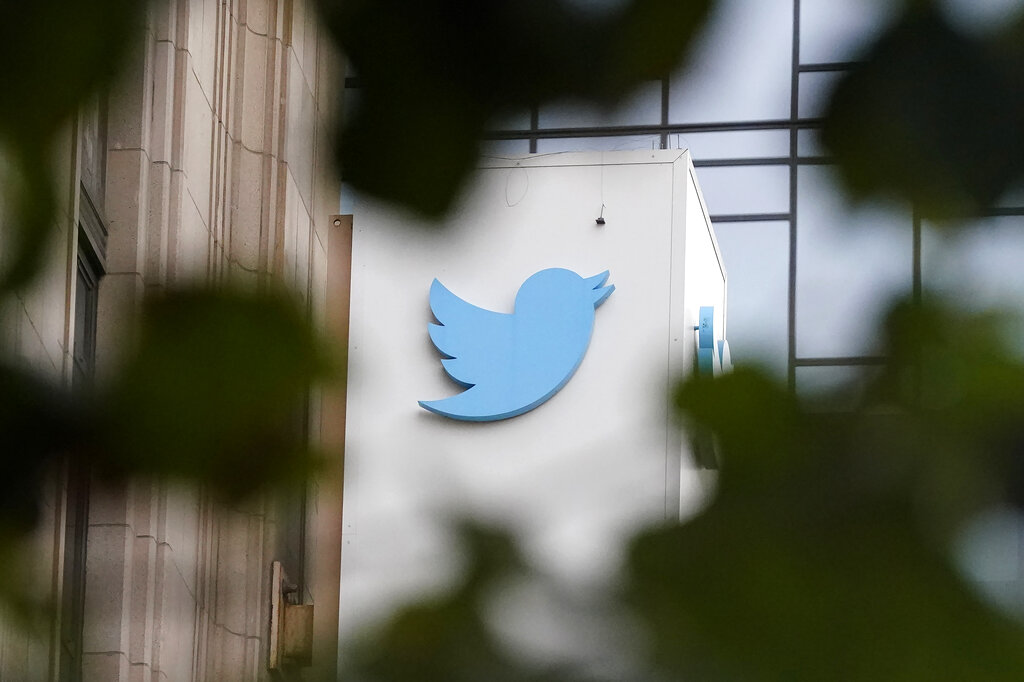
CHICAGO (AP) — Twitter has long been a way for people to keep track of tornado watches, train delays, news alerts or the latest crime warnings from their local police department.
But when the Elon Musk-owned platform started stripping blue verification checkmarks this week from accounts that don’t pay a monthly fee, it left public agencies and other organizations around the world scrambling to figure out a way to show they’re trustworthy and avoid impersonators.
High-profile users who lost their blue checks Thursday included Beyoncé, Pope Francis, Oprah Winfrey and former President Donald Trump. But checks were also removed from accounts for major transit systems from San Francisco to Paris, national parks like Yosemite, official weather trackers and some elected officials.
Twitter had about 300,000 verified users under the original blue-check system. In the past, the checks meant that Twitter had verified that users were who they said they were.
While Twitter is now offering gold checks for “verified organizations” and gray checks for government organizations and their affiliates, it was not always clear why some accounts had them Friday and others did not.

Fake accounts claiming to represent Chicago Mayor Lori Lightfoot, the city’s Department of Transportation and the Illinois Department of Transportation all began sharing messages early Friday falsely claiming that Chicago’s Lake Shore Drive — a major thoroughfare — would close to private traffic starting next month.
A critical eye could spot obvious hints of the fraud. The account handles are slightly different from the authentic ones representing Lightfoot and the transportation agencies. The fakes also had far fewer followers than the legitimate accounts. But the fakes used the same photos, biographical text and home page links as the real ones.
The genuine, long-standing accounts for Lightfoot and the transportation agencies did not have a blue or gray checkmark as of Friday. Requests for comment were not immediately returned.
Other agencies said they were awaiting more clarity from Twitter, which has sharply curtailed its staff since Musk bought the San Francisco company for $44 billion last year. The confusion has raised concerns that Twitter could lose its status as a platform for getting accurate, up-to-date information from authentic sources, including in emergencies.
As a tornado was about to strike central New Jersey earlier this month, a go-to account for safety information was run by the National Weather Service branch in Mount Holly, New Jersey. It had a blue check at the time. It no longer has any check, though the main NWS account and some other regional branches now sport a gray check marking them as official accounts.

Susan Buchanan, director of public affairs for the weather service, said the agency is in the process of applying to get the gray check mark for government agencies. She declined to answer why some regional NWS branches lost their marks and others have them.
The costs of keeping the marks range from $8 a month for individual web users to a starting price of $1,000 monthly to verify an organization, plus $50 monthly for each affiliate or employee account. But the meaning of the check has changed to symbolize that the user bought a premium account that can help their tweets be seen by more people. It also includes other features such as the ability to edit tweets.
Celebrity users, from basketball star LeBron James to author Stephen King and Star Trek’s William Shatner, have balked at joining — although all three still had blue checks on Friday after Musk said he paid for them himself.
For users who still had a blue check, a popup message indicated that the account “is verified because they are subscribed to Twitter Blue and verified their phone number.” Verifying a phone number simply means that the person has a phone number and they verified that they have access to it — it does not confirm the person’s identity.
Fewer than 5% of legacy verified accounts appear to have paid to join Twitter Blue, according to an analysis by Travis Brown, a Berlin-based developer of software for tracking social media.
Musk’s move to end what he’s called the “lords & peasants system for who has or doesn’t have a blue checkmark” has riled up some high-profile users and pleased some right-wing figures and Musk fans who thought the marks were unfair. But it is not an obvious money-maker for the social media platform that has long relied on advertising for most of its revenue.
While a few prominent users said they would stop using Twitter over the lost check, many public agencies appeared to be sticking to the service.
Asked Friday about the German government’s continued use of Twitter, spokesperson Christiane Hoffmann said: “Of course we are watching very closely what’s happening on Twitter and we continually ask ourselves if it’s right to have channels there and how they should continue.”
Hoffmann said the government was “concerned” about developments on Twitter in recent weeks and months, adding that the ministries, spokespeople and Chancellor Olaf Scholz now have gray ticks “for which nothing is paid.”
After previously raising concerns about the loss of verification, emergency management agency in the state of Washington was granted a gray check and said it would keep using Twitter.
“Given that anyone can now buy a blue checkmark, we’ll be monitoring it much more closely to ensure bad actors aren’t creating fake accounts under our name but we still find it to be a valuable tool to share important, life-safety information especially during an emergency,” said Karina Shagren, communications director for the Washington Emergency Management Division.
___
MATT O’Brien reported from Providence, Rhode Island, KATHLEEN FOODY reported from Chicago. AP Technology Writer Barbara Ortutay in San Francisco and Frank Jordans in Berlin contributed to this report.
By O’BRIEN and KATHLEEN FOODY Associated Press













































